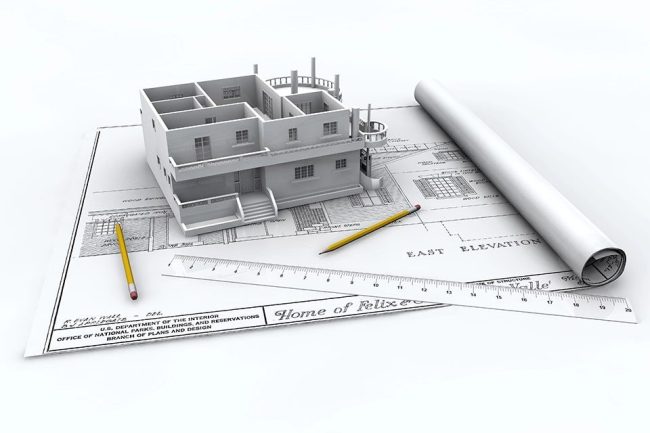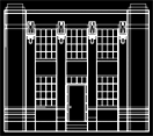The Risks We Identify in Forensic Engineering
As engineers, creating something helpful and worthwhile is only half the job. The other (more stressful, some might say) half of the job is managing risks and anticipating unforeseen consequences.
To some extent, all engineers must strike the balance between creation and risk management. However, no field in engineering focuses on risk management in the way that forensic engineering does. And that’s a good thing, too—forensic engineers not only identify how a building failed, but also excel at identifying points of failure before they ever even happen.
That said, you may not be sure what to expect when you hire a forensic engineer. For instance: why do we spend so much time investigating failures that, on the surface, seem so obvious? Well, we’re taking this month’s blog post to discuss failures we look for in advance and why we investigate seemingly “obvious” breakdowns.
Forensic Engineering: Before the Breakdown
When most people think of forensic engineering, they might jump to the idea of failure assessment. And while assessing failure is a huge part of forensic engineering, it’s also not the whole picture. According to the 10th Forensic Engineering Congress, the true job of forensic engineers is to “develop practices and procedures to reduce the number of failures.” That means forensic engineers also work to prevent failure before it happens.
By investigating and compiling information about previously failed structures, forensic engineers seek to establish guidelines for similar projects going forward. As a result, the work of forensic engineers becomes foundational for structural and civil engineers everywhere.
Even if you haven’t experienced a total breakdown in your building, you may still want to consult a forensic engineer. Even if your building has sustained only partial damage, a forensic engineer will tell you how it occurred and how it could increase the risk to your building moving forward. In either case, we recommend working with a forensic engineer before making any significant changes or repairs to your construction.
Why We Investigate “Obvious” Failures
After a structural failure has occurred, we perform a holistic analysis of what went wrong. Essentially, we leave no stone unturned.
Even if the cause of your structural failure seems obvious (such as a natural disaster), the way your building failed and the extent to which it failed are initially unknown. In the same way cars are made to crumple on impact—absorbing the force of a collision before it reaches the driver—many buildings have designs that fail small in some ways to prevent major failures in others.
Think about the fuse box in your home. Sudden, strong electrical currents could cause damage to wiring all throughout your home and even start a fire. That would be a major failure that would be expensive to fix and even be dangerous to the people inside.
However, fuses bottleneck electrical currents that run through your home. If a dangerous electrical current passes through your fuse, the fuse will break, preventing the current from causing further harm. In this case, the fuse broke—which is a minor failure—but it protected your home from a major failure in the process.
In forensic engineering, we go through this process of checking if a worst-case scenario happened and, if so, why one of the less serious failures didn’t happen. Our findings could impact liabilities, your insurance claims, and even standard practice moving forward.
Consult a Forensic Engineer Today
When it comes to engineering, it’s always good to be safe. Even when the cause of a failure seems obvious, you may be surprised by what the results turn up.
To consult a forensic engineer, click here to contact us today.



